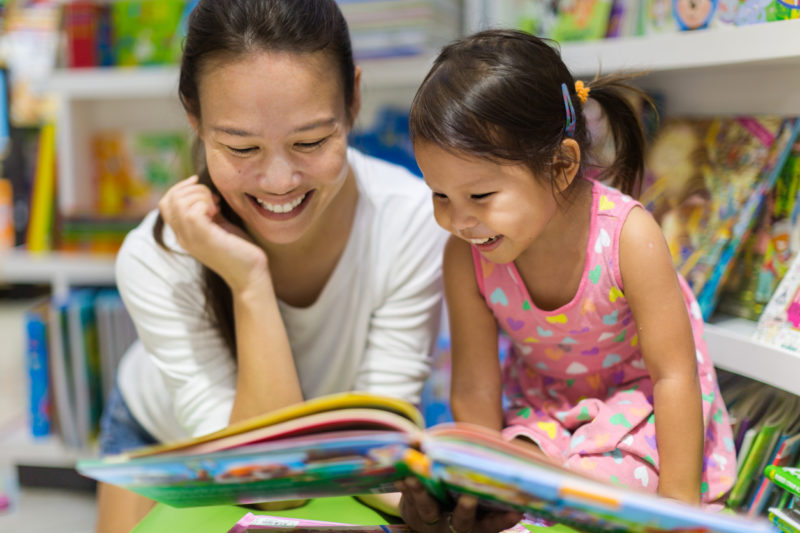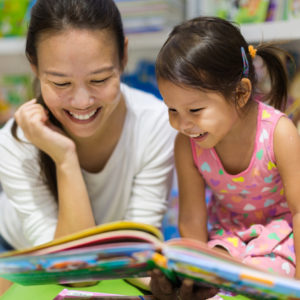
We know that there are many benefits of being bilingual, especially in an increasingly connected world. Many of us want to help our kids learn a new language, so they can be part of a larger global community. But what does it really mean to be bilingual, and how do we know when they’ve reached that mark?
As it turns out, the answer isn’t all that simple — even the experts don’t always agree.
Bilingualism is more than just knowing how to speak two languages.
Because language is so intertwined with culture and psychology, being bilingual can mean different things to different people. While some would say that bilingualism can describe anyone who speaks two languages, others’ definitions can be a bit more nuanced.
To some, bilingualism may only refer to people who grew up speaking two languages. Others might add the caveat that in order to be truly bilingual, someone needs to speak both languages equally well. Some would say that grammar and pronunciation are important factors in deciding whether or not a person is bilingual, while others argue that being able to switch effortlessly between two languages is the true benchmark of bilingualism.
There are endless criteria that could apply to whether or not someone is bilingual — and because all of them are subjective, it’s nearly impossible to settle on a single definition of “bilingualism.”
What’s more important, as some scholars say, is whether or not a person feels bilingual. Someone who grew up speaking two languages in another country, for example, may not feel bilingual if they don’t have a connection to that culture anymore. On the other hand, someone who learned a second language later in life may rightly call themselves bilingual if they are comfortable switching between both languages in different contexts.
After all, language learning is a lifelong process, and our ability to communicate is inextricably linked to many other areas of our lives: our culture, our place in society, even our identities.
So while the basic definition of bilingualism — the ability to use two languages well — still broadly applies, whether or not someone is truly bilingual will depend on their specific circumstances and personal definition of the word.
There are different paths to becoming bilingual.
While there are lots of different ways to develop a new language, they all tend to fall under one of two categories: simultaneous bilingualism or sequential bilingualism.
While these terms might sound fancy, they’re actually pretty simple: simultaneous bilingualism means learning both languages at the same time (i.e. developing two “native” languages), while sequential bilingualism refers to the process of becoming fluent in one language at a time.
Neither process is necessarily better than the other, and learning two languages simultaneously doesn’t make a person “more bilingual” than someone who learns them sequentially. Why?
Because being bilingual isn’t about when you learn a new language; it’s about how thoroughly you’ve learned it.
Although no one can seem to agree on a specific definition of bilingualism, it’s true that knowing both languages to a certain degree of fluency is definitely a big part of what it means to be bilingual.
Perfect grammar and pronunciation aren’t necessarily deal breakers when it comes to bilingualism — especially if bilingualism is something that is felt rather than achieved. But in order to feel truly bilingual, a person would have to feel comfortable enough to be immersed in their second language, and familiar enough to use it in different contexts.


